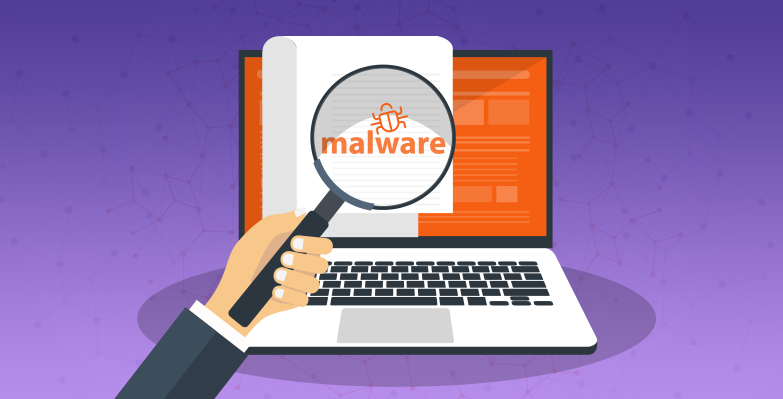It’s difficult to avoid online ads these days. This makes them the perfect target for hackers. And this is what they have done with the Bumblebee malware.
It’s estimated that the average American is exposed to between 4,000 to 10,000 online ads a day. And each one of these ads has the potential to carry malware. Therefore, it’s not surprising that threat actors have started exploiting them. This recent attack, however, has also employed SEO poisoning in its campaign – this is a method by which hackers create malicious websites and tempt visitors there with high-demand keywords.
Bumblebee, then, is a credible threat to your organization and its IT systems. Consequently, it’s important that you know how it operates and, most importantly, how to avoid it.
What Do You Need to Know about Bumblebee?
First discovered in April 2022, the Bumblebee malware is classed as a ‘malware loader’ variant. This means that it is used to connect a remote attacker directly with the infected system. It’s believed that Bumblebee comes from the same hacking group behind BazarLoader. Bumblebee, however, is more powerful and is backed by enhanced stealth capabilities. So, not only is it capable of causing greater damage, it’s also harder to detect. This, as I’m sure you’ll agree, is the last thing any PC owner wants to hear.
The most common approach for Bumblebee is to use Google Ads to lay bait for unsuspecting PC owners. For example, a Google Ad promising a free SQL to NoSQL guide was used to redirect those who clicked it to a fake download page. We say “a fake download page” but it did, in fact, take people to a page where a download occurred. Instead of a free guide, though, it instead downloaded Bumblebee. This malware was then opened and, to reduce detection, loaded Bumblebee into the infected system’s memory.
Typically, Bumblebee has been targeting businesses rather than consumers. Ransomware, therefore, has been at the front of the threat actors’ operations. But this is achieved through highly detailed planning. Upon the initial infection, Bumblebee quickly downloads a series of malicious tools such as remote access services, network scanning apps and keystroke loggers. This strategy allows the attackers to identify weak spots and deploy ransomware where it will be most effective.
How Do You Beat Bumblebee?
All business owners can agree that ransomware is a headache they can do without. So, how do you keep your systems safe from the Bumblebee attack? Well, you may be surprised that the following tips make it very easy:
- Use an ad-blocker: if you can block malicious ads, you’re blocking their opportunity to cause damage. The simplest way to achieve this is by installing an ad-blocker. These tools will minimize the number of adverts which can be shown and, instantly, reduce your risk of falling for a malicious ad.
- Keep your software up to date: malicious ads often take advantage of vulnerabilities in outdated software. By keeping your web browser, operating system, and other software up to date, you can reduce your risk of falling victim to malvertising attacks.
- Educate your staff on malicious ads: it’s very easy for busy employees to experience a momentary distraction, and this is when they are most likely to click on a malicious ad. However, with regular training, which includes examples, you can prime your staff to dismiss malicious ads the moment they see them.
For more ways to secure and optimize your business technology, contact your local IT professionals.








